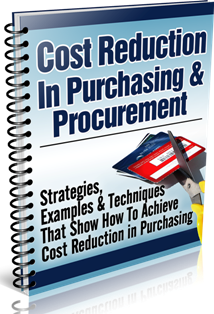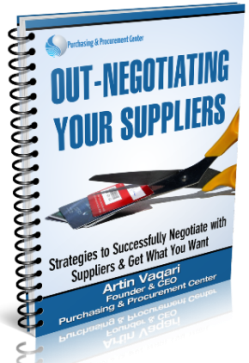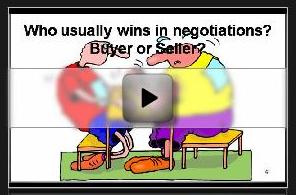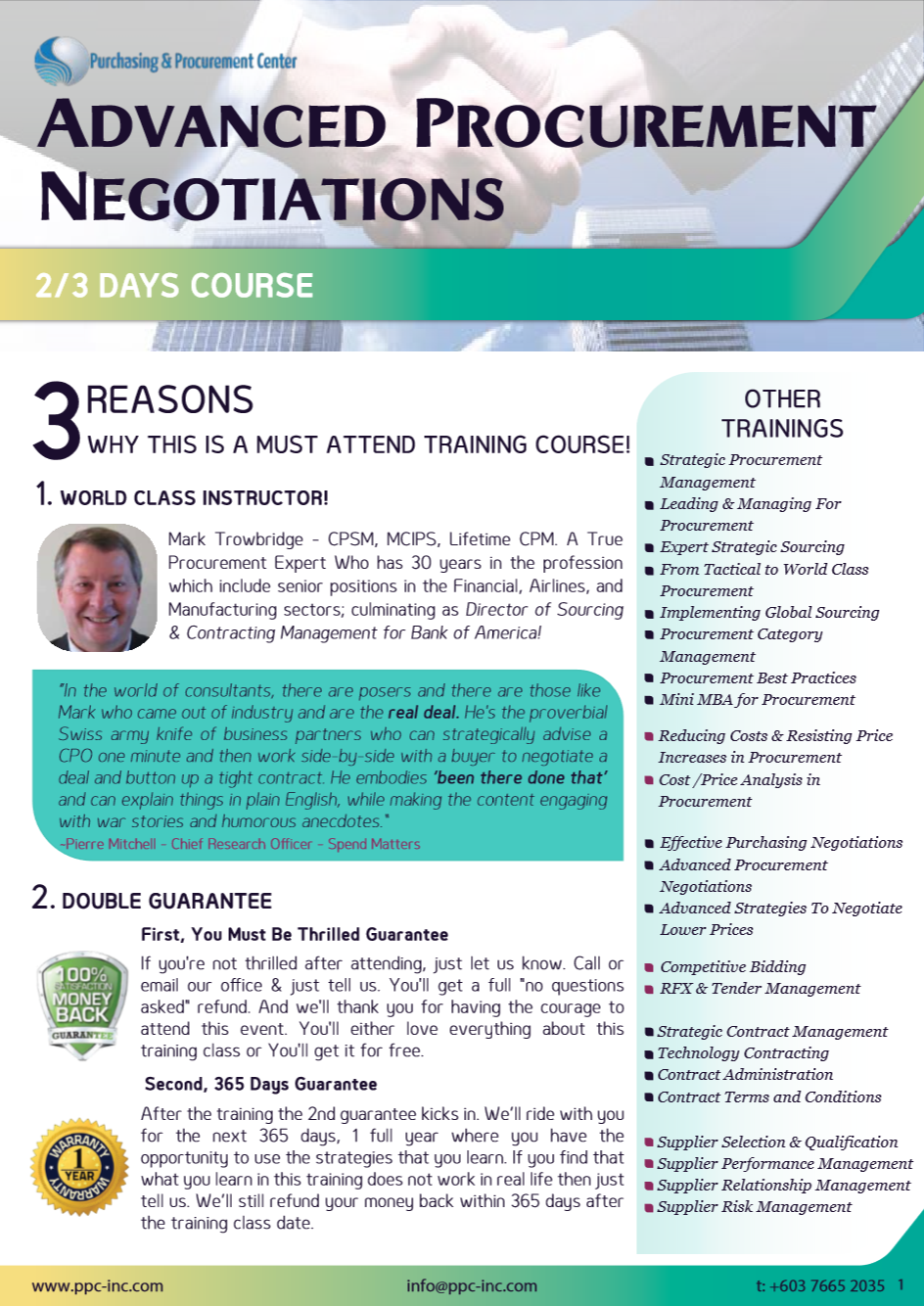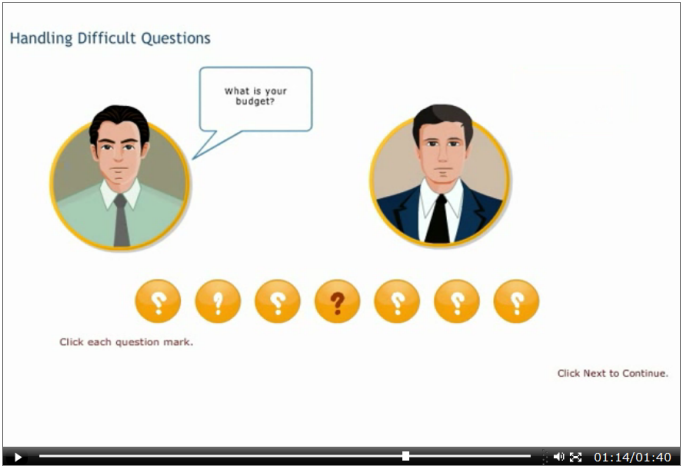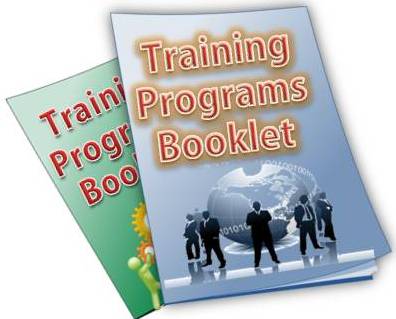Procurement Savings
15 Tips To Increase Procurement Savings

Procurement savings can be made in a number of areas within a Purchasing Department. The aim of procurement savings are to drive down procurement costs, improve supplier terms and decrease product prices.
As you go through the methods to increase procurement savings in this guide, consider which are the easiest methods that can make a big difference in your circumstances.
Depending on what stage of cost management your organisation is, some will be 'quick wins' and some others will be 'hard to win'. Focus on 'quick wins', not on implementing them all.
You Might Also Like: Check Out Our Upcoming CIPM Certification!
Tip 1. Avoid/Reduce Maverick Spend
Maverick spending, also known as tail spend, or rogue spending, can account for up to 80% of purchases made in an organization that lacks a centralized purchase-to-pay procurement process.
As this spend is not yet managed by procurement, it might be a quick win, provided you can navigate well end-users & convince them of the benefits.
You can look through spend records to find any uncontrolled spending, then assign them to your preferred suppliers and go over your process with the end-users and your team.
Tip 2. Review Supplier's Terms & Discounts
Another procurement savings tip is to ensure that a Master Agreement exists for all the suppliers.
Discuss with your suppliers as to when you may make procurement savings by altering your purchasing patterns.
It may be that by purchasing slightly more products you automatically receive a higher discount.
Tip 3. Consolidate Suppliers & Deliveries
Make savings in delivery charges and the costs of accepting those deliveries. Processing the purchasing documentation and payment processing charges will also fall.
Additionally, consolidating suppliers can also strengthen supplier relationships, potentially leading to better terms and increased discounts due to higher volume orders.
Read More: Cost Reduction in Purchasing & Procurement
Tip 4. Consolidate Purchasing Requests & Intervals
This cuts down on delivery costs and purchasing documentation. For instance, instead of placing daily or weekly orders for small quantities, consider placing larger orders on a monthly or quarterly basis.
This not only minimizes the frequency of deliveries but also decreases the associated shipping costs. Suppliers often offer better discounts for bulk purchases, further driving down the overall procurement expenditure.
Tip 5. Review Purchasing Requirements
This ensures that only strictly necessary purchases are made. It will
cut down on excess costs and storage costs and is a good way to ensure
that a company makes procurement savings.
For example, you might find that certain office supplies are being ordered too frequently or that some equipment is being replaced more often than needed.
By eliminating these unnecessary purchases, you not only cut down on excess costs but also reduce storage costs, as there will be fewer items taking up valuable warehouse space.
Tip 6. Purchase from Agreed Catalogs
Ensure that only one brand or type of a product is purchased. Duplication can be expensive and is unnecessary. Higher orders from one supplier lead to better discounts.
Higher volume orders from a single supplier often result in substantial discounts, as suppliers are more willing to offer favorable pricing to secure a larger share of your business.
This not only reduces the unit cost of products but also fosters stronger supplier relationships, which can lead to additional benefits like priority service or more flexible payment terms, in addition to acquiring procurement savings.
Tip 7. Review Stock Levels
Regularly reviewing stock levels is crucial for cutting down on storage costs, avoiding wastage, and achieving procurement savings. Excess inventory ties up capital and occupies valuable warehouse space, where it can deteriorate or become obsolete over time, turning into “dead money.”
Before placing new orders, thoroughly assess your current stock levels and prioritize using existing inventory.
This practice not only reduces storage costs but also ensures that resources are utilized efficiently, preventing unnecessary expenditures and maximizing the value of your existing assets.
Tip 8. Review the Specification of Purchased Products.
Reviewing the specification of purchased products is a critical strategy for achieving procurement savings without compromising on performance or quality.
Consider the well-known story of NASA and the Russians during the Space Race. NASA spent millions developing a sophisticated pen that could write in the zero-gravity environment of space.
Meanwhile, the Russians opted for a simple 5-cent pencil. Both solutions effectively addressed the same need—writing in space—but the cost difference was astronomical.
This example highlights the importance of assessing whether high-specification products are genuinely necessary or if more economical alternatives can serve the same purpose.
Check Out: 6 MUST PROCUREMENT PRACTICES FOR STRATEGIC BUYERS!
Tip 9. Review Stock Replacement Strategies
Renew items only when necessary and not as a routine replacement. Take care to factor in the cost of waiting for a replacement.
For example, it is necessary to replace an important machinery part on a regular basis but it is not necessary to replace most lights before they fail.
Consider implementing predictive maintenance strategies where possible. Using data and analytics, you can predict when equipment or parts are likely to fail and plan replacements more effectively.
This minimizes the risk of unexpected breakdowns while avoiding the cost of premature replacements.
Tip 10. Ensure that Correct Management Controls are in Place
Adhere to them for ad hoc purchases in particular. Are the correct people ordering the right products for the job? This should cut down on excess or incorrect purchasing.
Start by implementing a clear procurement policy that outlines the approval process, roles, and responsibilities. This policy should include guidelines for who can authorize purchases, how orders should be placed, and the criteria for selecting suppliers.
Regular audits and reviews of procurement activities can help identify and correct any deviations from established procedures. Use procurement software to track and monitor purchasing activities, ensuring compliance with management controls.
Check Out: 7 Best Procurement Practices Blueprint for Procurement Leaders!
Tip 11. Train & Educate Staff
Investing in the training and education of your procurement staff is a critical strategy for achieving cost-effective purchasing and subsequently enjoying procurement savings. Well-informed employees are more likely to make decisions that save money and improve procurement efficiency.
Provide regular training sessions on best practices in procurement, cost-saving techniques, and the use of procurement software. This ensures that your team is up-to-date with the latest industry trends and tools, enabling them to perform their roles more effectively.
Encourage a culture of continuous improvement by promoting knowledge sharing and collaboration among team members. Create opportunities for staff to learn from each other’s experiences and successes in achieving procurement savings.
Check Out: Procurement Cost Savings Training Course
Tip 12. Computerize/Use Technology
While in this day and age we'd think that most companies have a system in place - it is not entirely true. For example a Head of Procurement of an energy generation company with plants in 5 countries in Asia & Africa, was still using excel for certain buys.
While computerizing the purchasing process costs money to start with, by speeding up and simplifying purchasing, procurement savings should be made.
As part of using technology to achieve procurement savings, you can link the purchasing system to the inventory and accounting systems. This not only saves in staffing costs but also cuts down on mistakes.
Another use of technology is by organizing reverse auctions which is a very efficient way to drive down procurement costs. Top-performing companies take full advantage of software to streamline their procurement processes.
Tip 13. Improve Risk Management
Supplier dependence is one of the biggest risks an organization could face. One way to manage risk and increase procurement savings consequently is to ensure your procurement process doesn’t depend too much on one single major supplier.
This includes paying close attention to contracts, following up with suppliers, and taking action to avoid logistical issues.
Part of risk management also means focusing on cost avoidance. Procurement savings can be made by focusing on ways to reduce the rate of cost increases or negotiating contracts with value-added services (such as extended warranties or free shipping).
Tip 14. Ask Your Suppliers for Discounts
Often, you can make procurement savings by changing your purchasing patterns. Discuss with your suppliers whether they would be open to offer you a higher discount if you increase your order volume slightly or if you pay earlier than the normal payment cycle of 30 to 60 days.
Or just simply ask for that discount. You'll be surprised that just by asking for a discount quite a number of suppliers will be willing to accommodate at the least a small discount. Not bad just for asking!
Tip 15. Centralize Procurement Savings Measures!
Centralizing disparate purchasing functionalities and warehousing can lead to significant savings in staff, processes, and technology.
By consolidating procurement activities, you gain better negotiation power, standardize procedures, and enhance efficiency.
Centralizing warehousing reduces real estate and staffing costs, improves inventory management, and streamlines logistics. This approach optimizes resources, drives down costs, and boosts overall operational effectiveness.
Learn More About Procurement Savings
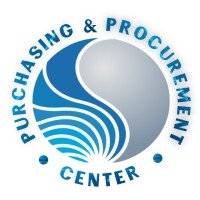
Overall, effective procurement savings are essential for maintaining a lean, cost-effective, and competitive organization.
By focusing on the 15 tips outlined, you can achieve significant reductions in purchasing costs, improve supplier relationships, and streamline procurement processes.
Interested in learning more about procurement savings? Check out our curated section of resources to overhaul your procurement here!
Check Out Purchasing Procurement Center Homepage
Powerful for your cost control initiatives, yet simple to understand and straight to the point. With Practical Strategies it's only a 30 minutes read after which you can start applying the strategies immediately.

